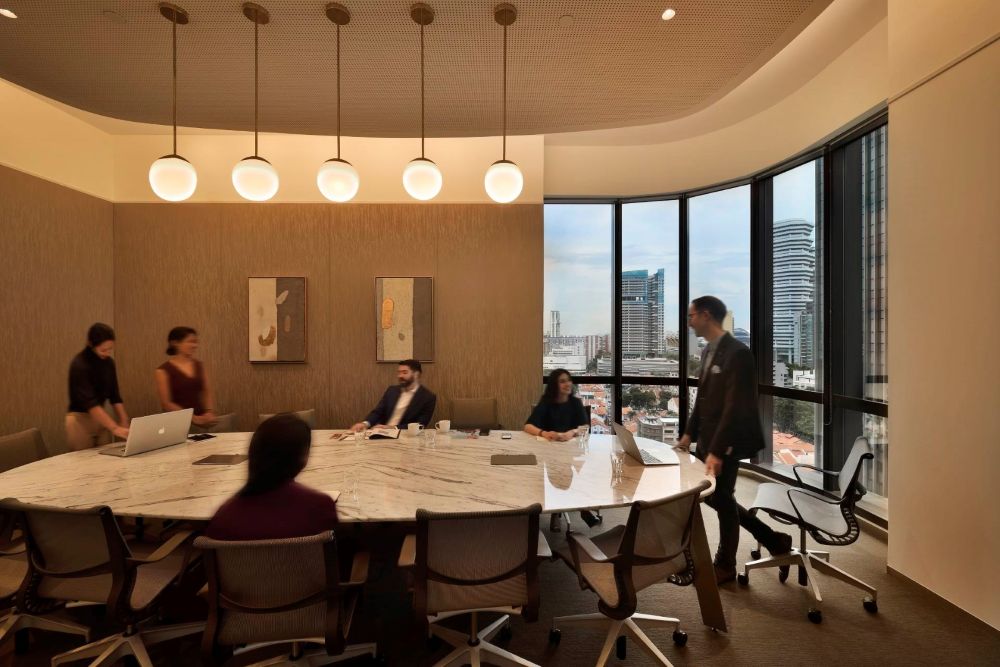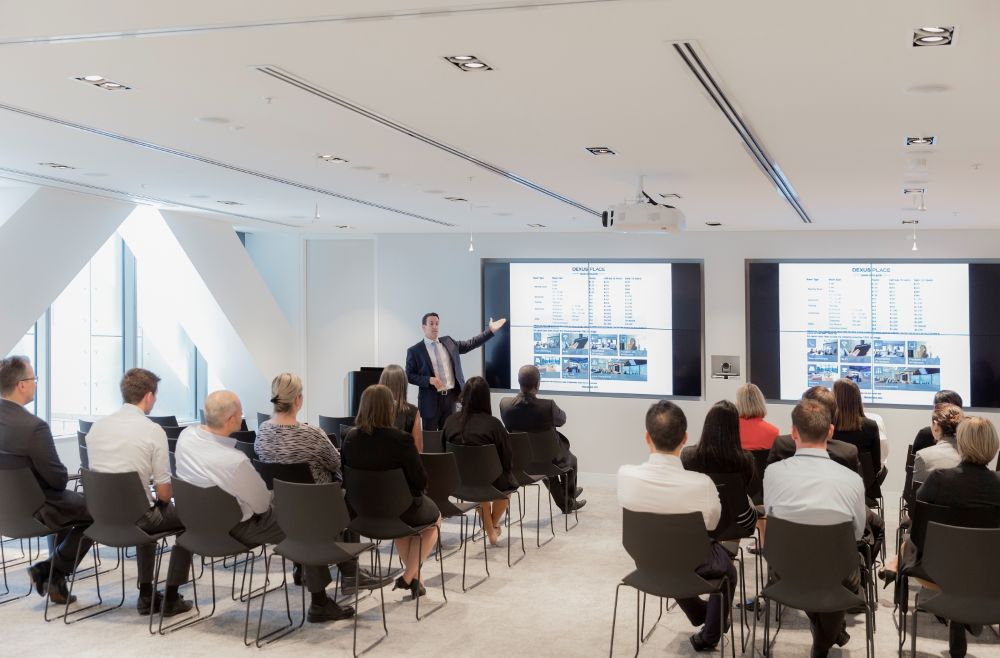The modern workplace is undergoing a significant transformation. The era of uniform rows of desks and cubicles is fading, replaced by a new focus on flexibility, collaboration, and employee well-being. Central to this shift is activity-based working (ABW), a groundbreaking approach to workspace design that prioritises choice and empowers employees to work in environments that best suit their needs and tasks.
ABW offers a variety of work settings tailored to different activities, allowing employees to select the space that aligns with their current work requirements. This approach not only enhances efficiency but also creates a more satisfying and productive work experience. In this blog, we’ll explore what activity-based working is and how it can revolutionise workspace design.
What is Activity-Based Working?
Activity-based working, or ABW, is a workplace strategy that provides employees with a variety of settings to choose from throughout their workday. Instead of being assigned a fixed desk, employees have the freedom to select the workspace that best supports the task at hand. This might include quiet zones for focused work, collaborative spaces for brainstorming, or comfortable lounge areas for casual meetings.
ABW is built on the idea that different activities require different environments. By offering a diverse range of work settings, ABW aims to enhance productivity, engagement, and overall well-being. It empowers employees to take control of their work environment, fostering a sense of autonomy and satisfaction.
How to Implement an Activity-Based Working Office Design
Before diving into the specific design elements of an activity-based working (ABW) office, it's essential to start with a shift in mindset. Implementing ABW is not just about changing the physical workspace—it's about rethinking how your office can best support your employees' diverse work styles and needs.
The first challenge often lies in moving away from traditional, rigid office structures that many leaders are accustomed to. Instead, focus on creating a flexible, employee-centric environment where individuals are empowered to choose how and where they work based on the task at hand. This shift requires understanding and addressing the unique needs of your workforce, regardless of their role or experience level.
Engaging your team in the process is crucial. By gathering input through surveys, focus groups, and open discussions, you can gain valuable insights into what your employees need to thrive in an ABW environment. Involving them early on not only fosters a sense of ownership but also helps ensure that the transition is smooth and widely accepted.
Workplace tracking is another important preparatory step. You can better understand your employees' behaviours and needs by analysing data on how your current office space is used. Key questions to explore include:
- How many employees are typically in the office on a given day?
- Which areas of the office are most commonly used for different tasks?
- How often are conference rooms and meeting spaces utilised?
- How does the current layout support or hinder task completion?
With this data in hand, you can identify the specific design elements that best support activity-based working in your office. Whether that means increasing quiet zones, enhancing collaborative spaces, or optimising the layout for better efficiency, the insights gained during this preparatory phase will guide your decisions and help you create an office environment that truly supports ABW.
Types of Activity-Based Workspace Design Elements
To create a successful activity-based workplace, it is crucial to incorporate a variety of design elements that cater to different work styles and tasks. Here are some key elements to consider:
1. Focus Zones for Concentrated Work
Focus zones are quiet, distraction-free areas designed for tasks that require deep concentration and uninterrupted focus. These spaces are typically equipped with soundproofing materials, comfortable seating, and minimal visual distractions. By providing a dedicated area for focused work, employees can immerse themselves in their tasks without the usual office noise, leading to higher productivity and better quality work.
2. Collaborative Spaces for Teamwork
Collaborative workspace designs are meant to foster teamwork and idea-sharing among employees. These areas are typically open and flexible, with movable furniture that can be rearranged to suit different group sizes and types of collaboration. Equipped with whiteboards, large screens, and video conferencing tools, these spaces are ideal for brainstorming sessions, team meetings, and project collaborations, encouraging creativity and innovation within the team.
3. Quiet Pods for Private Conversations

Quiet pods at TWP Collins Street
Quiet pods or phone booths offer a private space for employees to make phone calls or have confidential conversations without disturbing others. These pods are usually soundproof and provide a comfortable, enclosed environment where employees can focus on their calls or discussions. This design element is essential in a shared office space where privacy can be hard to find, ensuring that employees have a space to handle sensitive matters discreetly.
4. Social Areas for Networking and Relaxation
Social areas are informal spaces where employees can take breaks, relax, or engage in casual conversations with colleagues. These spaces are often designed with comfortable seating, coffee stations, and a relaxed ambiance to encourage networking and relationship-building. By providing a designated area for social interaction, companies can foster a sense of community and improve overall employee satisfaction.
5. Flexible Meeting Rooms
Meeting rooms in an activity-based workspace should be versatile, allowing for various types of meetings, from formal presentations to casual catch-ups. These rooms should be equipped with the latest technology, such as video conferencing systems, interactive screens, and adaptable furniture that can be configured to meet the needs of different groups. Flexible meeting rooms ensure that all types of gatherings, whether small or large, are accommodated efficiently
Embracing the Future of Work with Activity-Based Workspace Design
Activity-based working is more than a design trend; it's a strategic approach to creating a dynamic workplace that empowers employees and enhances productivity. By moving away from traditional layouts and embracing a variety of work settings, companies can better support the diverse needs of their workforce.
Implementing activity-based working requires thoughtful planning, but the benefits are clear. It's an investment in your employees and your company's future. By adopting this forward-thinking design in your office space in Australia, you can create an environment that supports success and drives innovation.
The Work Project Australia exemplifies these principles with design elements like private business lounges, outdoor gardens, and cafés that create an inspiring and flexible workspace. These features are tailored to meet the evolving needs of modern businesses, making TWP Australia the ideal choice for those seeking to elevate their work environment. Contact our team today to find out how our coworking spaces and shared offices can support activity-based working.






